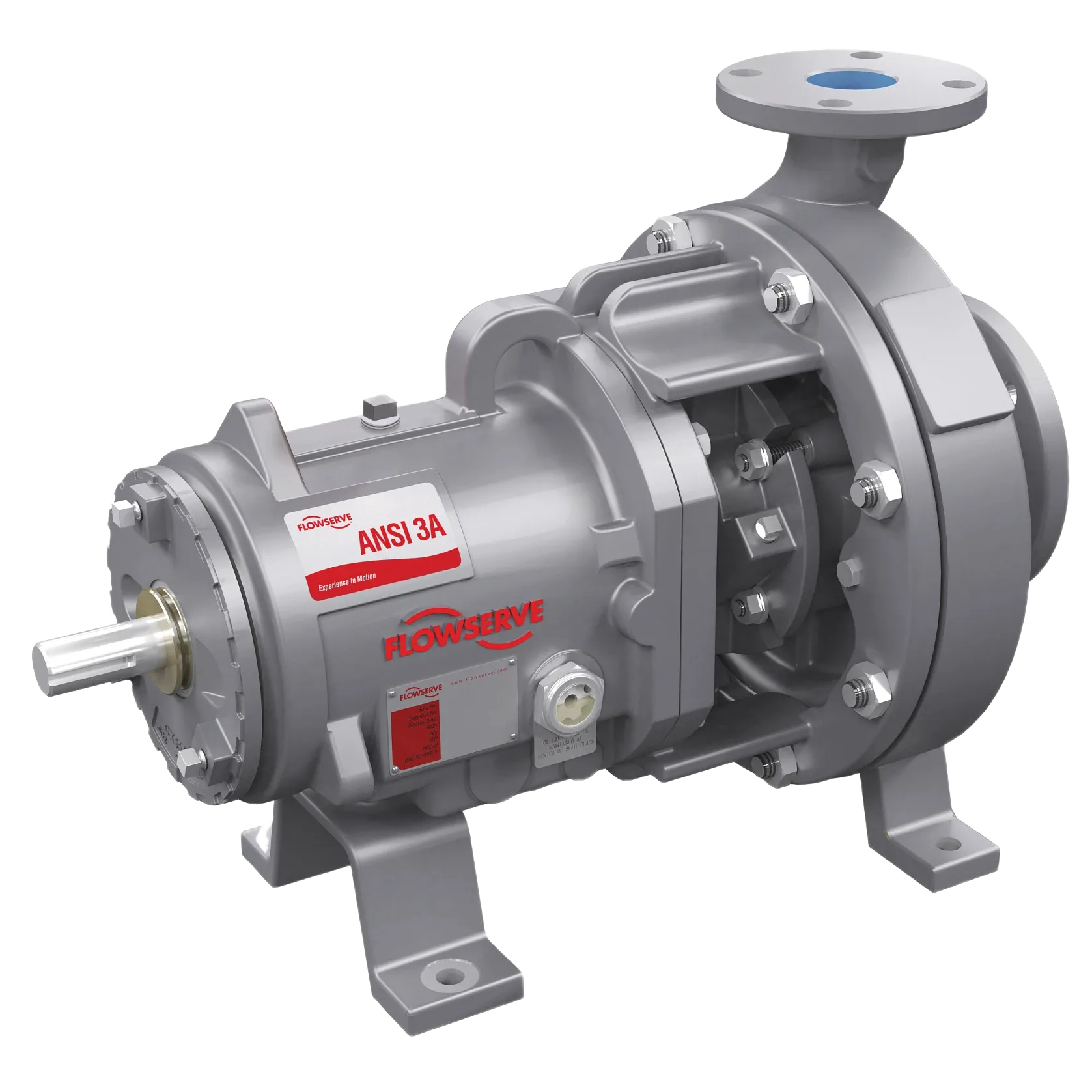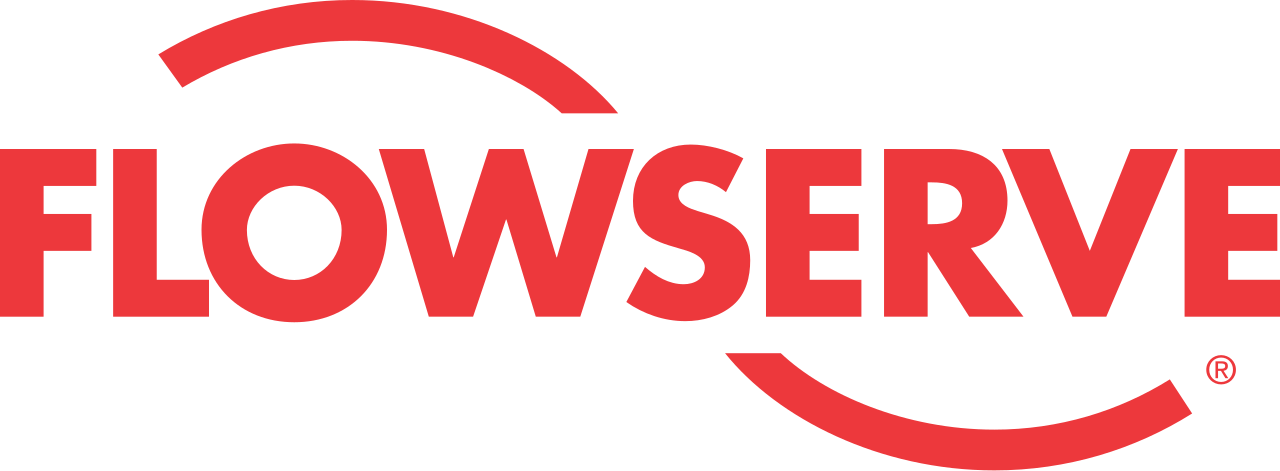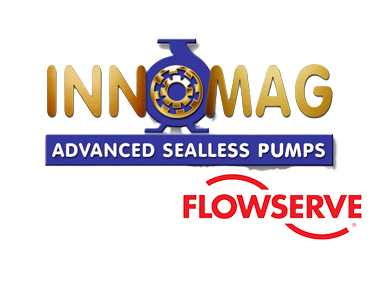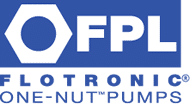Pumps vs Electric Motors – do you look at these 2 components in isolation when it comes to efficiency?
When improving efficiency, it’s crucial to consider both motors and pumps. Understanding their connection can lead to significant energy savings. Explore how system analysis and thoughtful adjustments can enhance overall efficiency.

Motor efficiency and pump efficiency – whats the ‘real’ connection?
In these days of manufacturing facilities’ quest to become more efficient, many users are looking to either specify or retrofit motors with the highest available efficiency class.
Currently, European legislation (IEC 60034-30-1) dictates that for motors used in safe areas, efficiency class IE3 must be used for fixed speed applications, whereas IE2 is permitted for use with variable speed drives.
For motors used in hazardous areas i.e. Zones 1 & 2, a motor with any efficiency class is permitted, therefore motors with comparatively lower efficiencies (IE1) are allowed.
The aspirations to have the highest possible motor efficiency are all very well, but, as usual with industrial equipment, there is more to this than meets the eye!
To ensure a proper and meaningful evaluation is carried out by users, the following must be considered:
- Return on investment (ROI): examine frequency of operation, efficiency gain, and cost of higher efficiency motor vs. the minimum permitted under legislation. How long will payback take?
- Operating efficiency: this depends on both pump motor loading – some motors are more efficient at 75% of full load, whilst others may have best efficiency at 100%. It’s not good practice to have a motor operating with a pump at 100% full load. A margin of safety is desirable in case the pump doesn’t operate at a constant flow rate – with radial flow centrifugal pumps, a higher flow rate results in more power required, so bear in mind changing system conditions, especially if there are several user points.
Motors should not be looked at in isolation – consider the pump
As can be seen from the motor data tables, the gain in efficiency points between IE2 and IE3 may be as low as fractions of an efficiency point or, at best, a couple of points (note that IE4 motors are not included in this discussion as they are outside of current regulations). Taking the efficiency gain at face value, the energy savings on small motors with low running hours is very low and would hardly justify the investment of buying a new motor.
This is where we must look at the pump. My own experience over several decades has shown that pumps seldom, if ever, will be working at their design flow. This is due to the system designer adding a safety margin to the calculated pressure drop. If this safety margin is too high, the resulting flow rate will be higher, and the pump will be operating further away from its so-called ‘Best Efficiency Point’ (BEP).
Apart from the nasty things that can result (Pump sizing and selection – can you afford to get this wrong?), the pump will be using more power than originally intended. So, what can be done to improve efficiency?
A little bit of basic system analysis will reveal whether the pump is actually working on its curve! It can then be established if the pump is a good fit for the system or not.
Available options to increase efficiency would be:
- Can a more efficient impeller size be substituted?
- Can the speed be adjusted to increase efficiency?
- Can a more efficient hydraulic size of pump be substituted?
To sum up: In practice, it has been found that by implementing the above, much greater energy savings can be achieved rather than by just changing out the motor.
If in doubt, ask Phil Soltan, Flexachem’s Pump Specialist, better known as “Dr. Pump”. Phil has been working in the pump industry for more than 40 years. He has an accumulated wealth of knowledge in all aspects of pump system analysis and addressing “bad actors”. He has also worked for two major pump manufacturers along his career journey.
Email: phil.soltan@flexachem.com
Read the full article here:

Related Articles
-
October 24, 2024 / 7 min read
What is a Self-Priming Pump?
read more
-
December 6, 2018 / 5 min read
Pump sizing and selection – can you afford to get this wrong?
read more
-
November 19, 2019 / 8 min read
How to select the right material for your pumps?
read more
-
February 13, 2020 / 9 min read
What is a Sump Pump?
read more

























